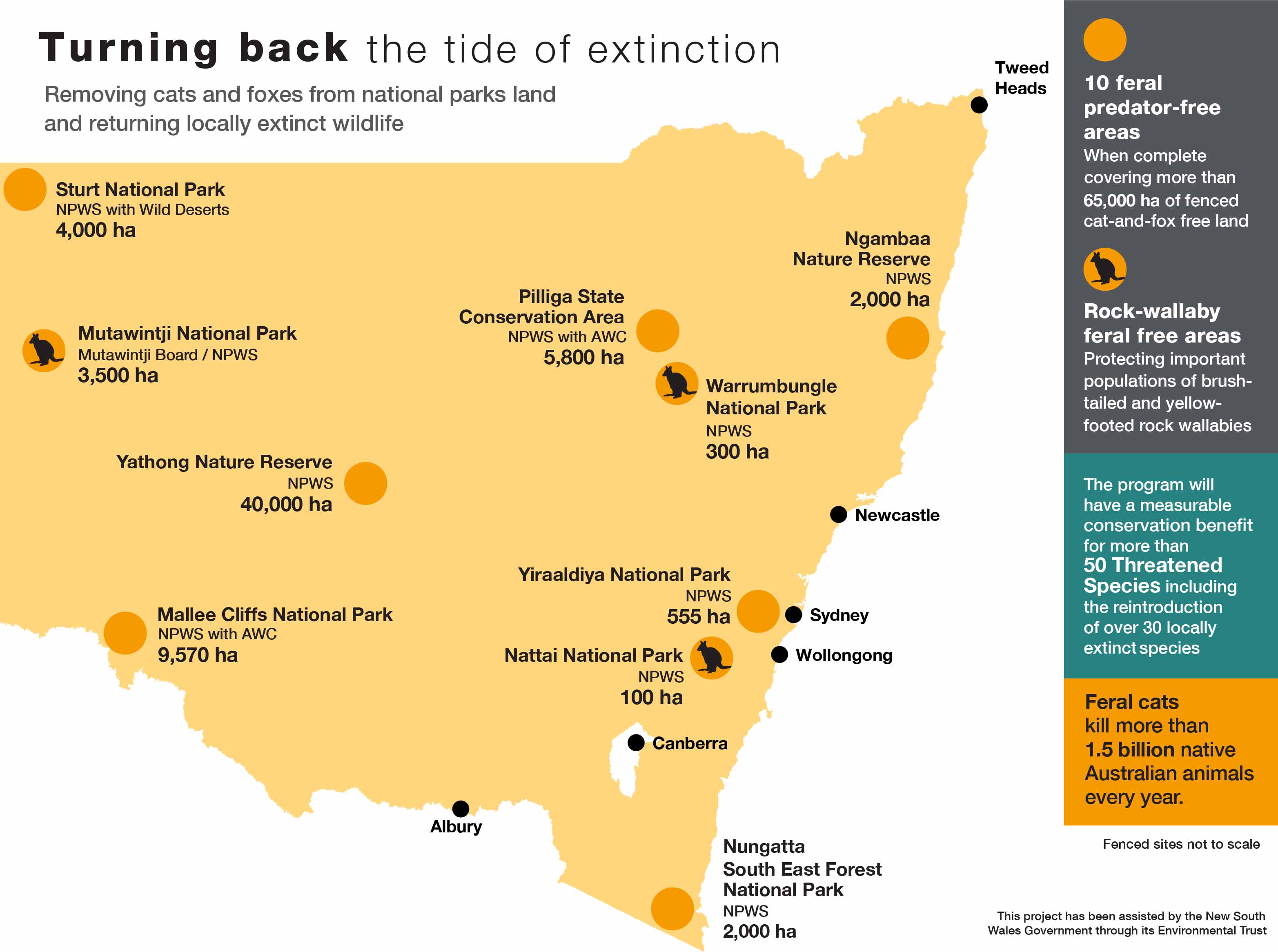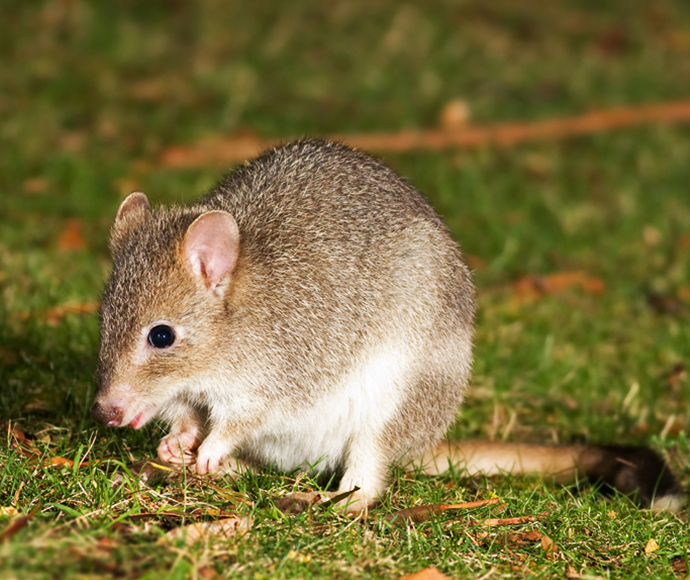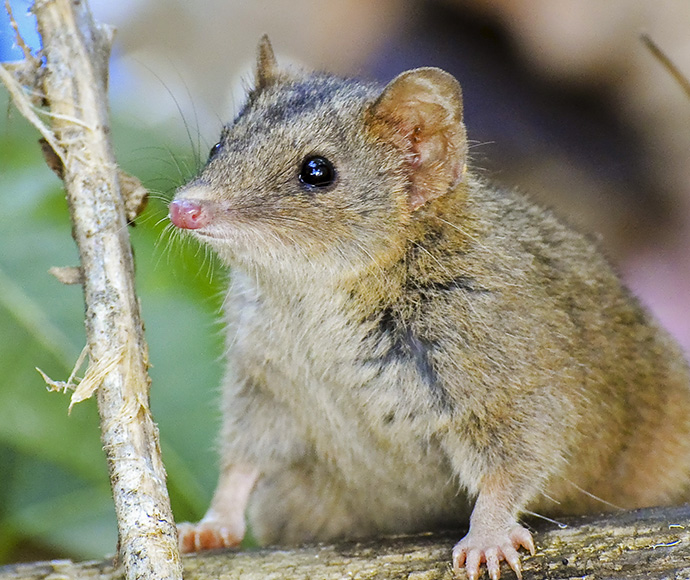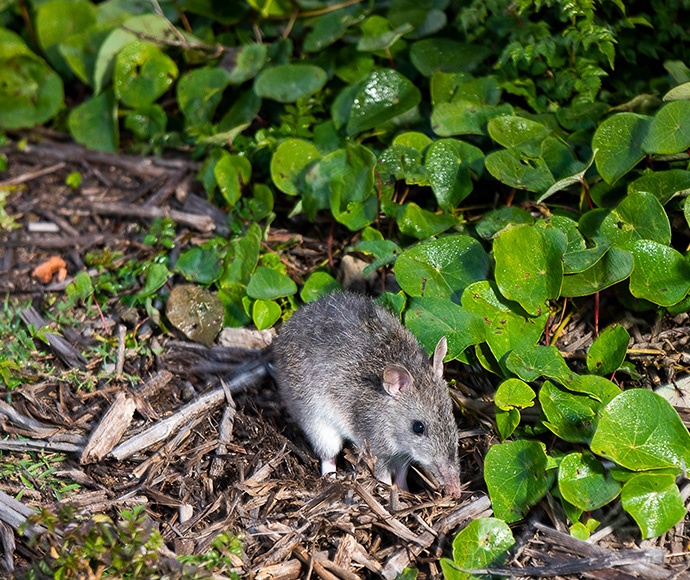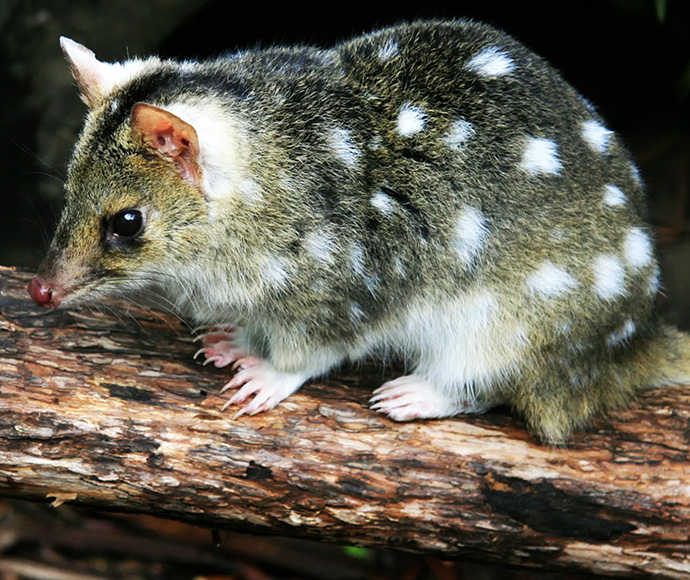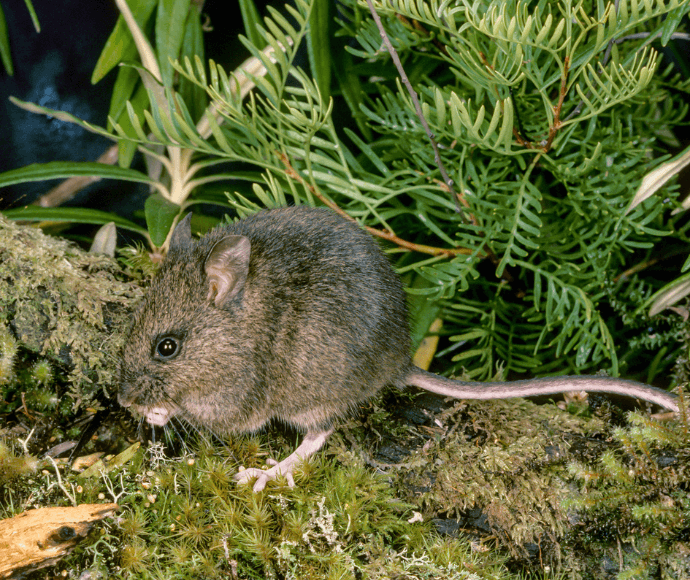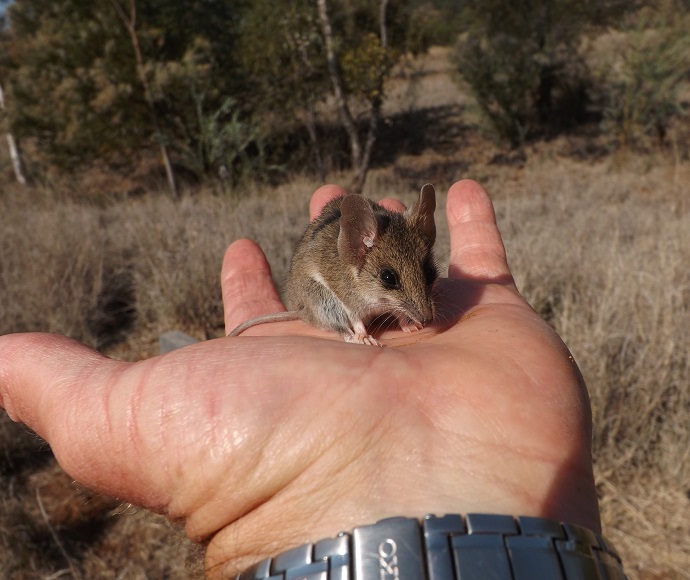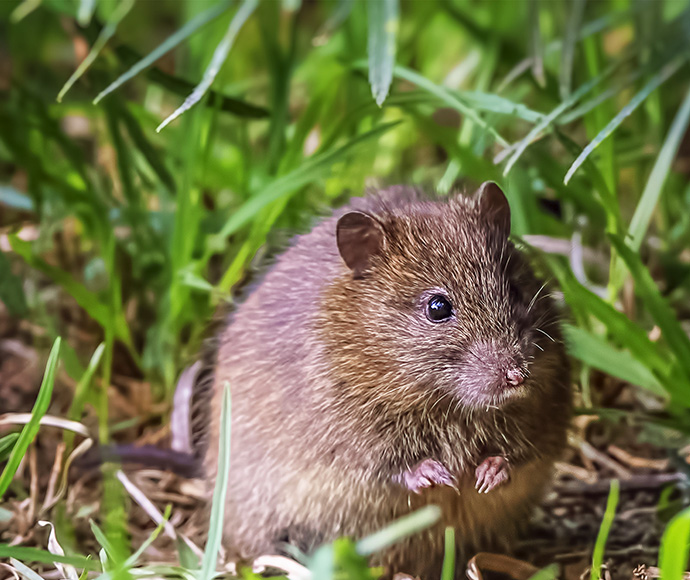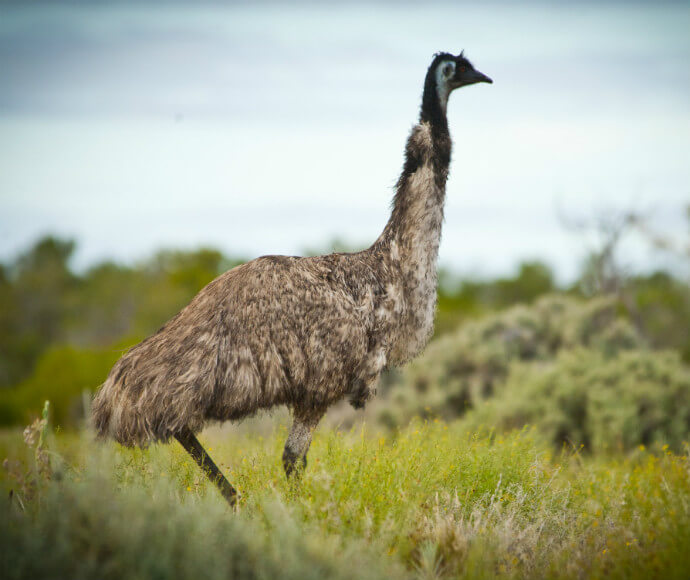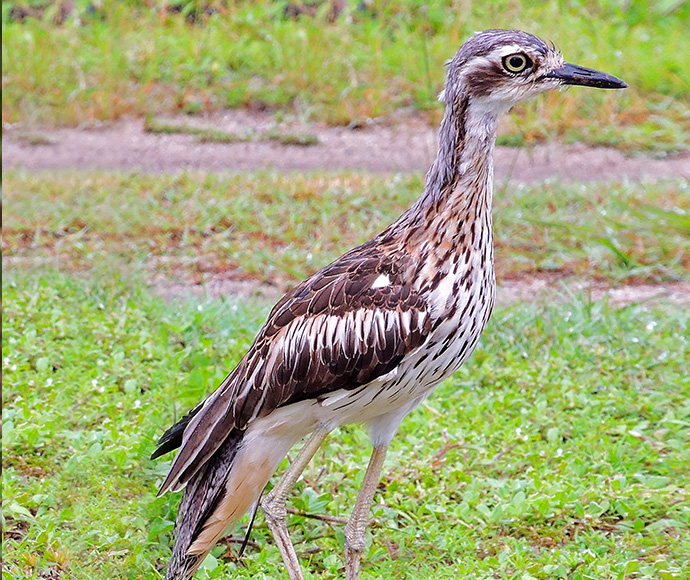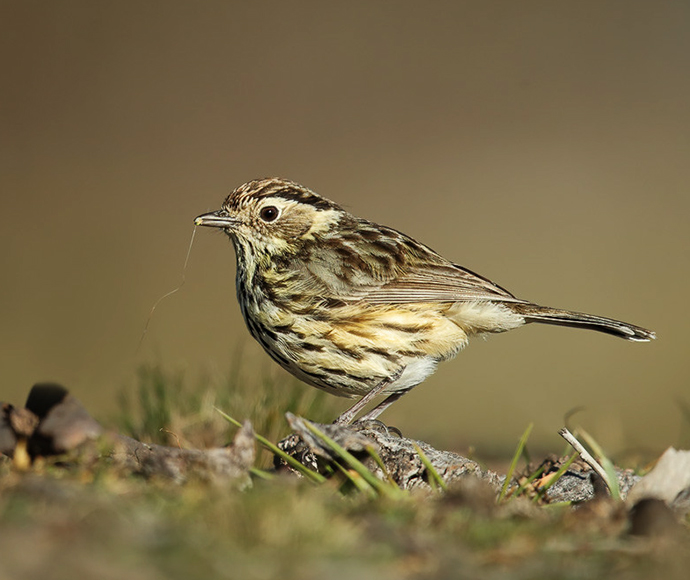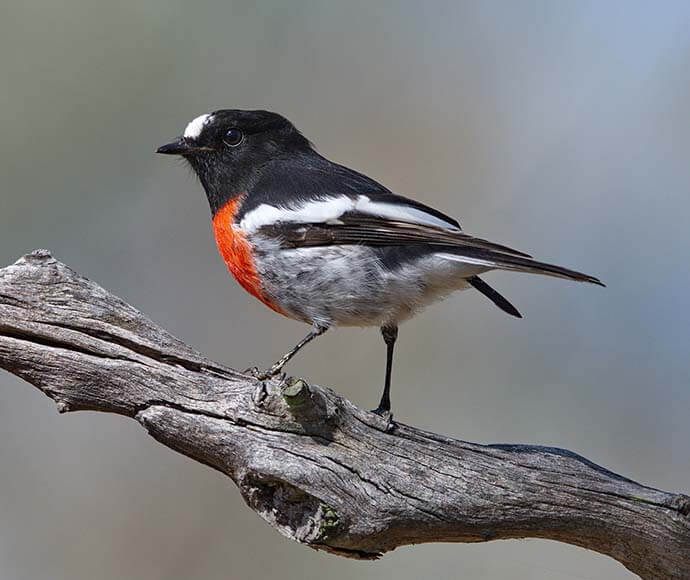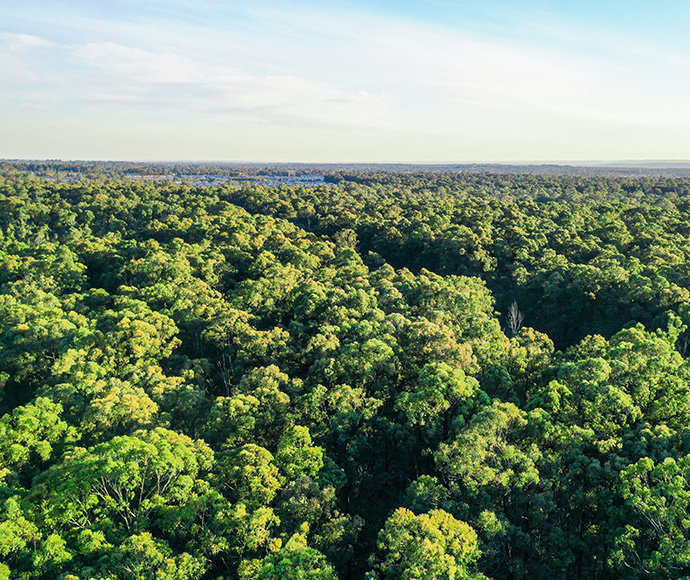Yiraaldiya National Park is part of a network of 10 areas free from feral predators. This project is one of the most significant threatened fauna and ecological restoration projects in New South Wales's history.
The NSW National Parks and Wildlife Service is setting up 7 of these areas, while the other 3 are already running through partnerships with the Australian Wildlife Conservancy and the University of New South Wales (Wild Deserts).
Yiraaldiya National Park feral predator-free area
Formerly called Shanes Park, the new park name ‘Yiraaldiya’ was selected in consultation with the local Aboriginal community. The name comes from an 1899 record describing the area between South Creek and Eastern Creek.
Located in western Sydney and the Blacktown local government area, Yiraaldiya National Park is 40 km west-northwest of the Sydney CBD and 10 km northeast of Penrith. The park covers 535 hectares, and combined with an additional 20 hectares along the property's southern boundary, it provides a 555-hectare feral predator-free area. The Blacktown Pistol Club occupies 5 hectares of land reserved specifically for this purpose.
The 20 hectares on the southern boundary is a potential future road corridor. If Transport for NSW requires this strip of land in the future, the NSW National Parks and Wildlife Service will be compensated under the Revocations policy.
How was the feral predator-free area established?
The same key steps are followed for establishing each of the 10 feral predator-free areas. To set up the feral predator-free area at Yiraaldiya National Park, we first created a 56-hectare area nested within the larger area (called Stage 1) and then expanded it to a 555-hectare feral predator-free area (called Stage 2).
Returning locally extinct wildlife to Yiraaldiya National Park
We are considering reintroducing up to 30 species to Yiraaldiya National Park, making it one of the biggest urban wildlife restoration projects in the world. These species used to live in western Sydney but became locally extinct due to predation by feral cats and foxes. Some of the priority species include:
- eastern bettong
- koala
- brown antechinus
- southern long-nosed bandicoot
- eastern quoll
- brush-tailed phascogale
- New Holland mouse
- common dunnart
- bush rat
- emu
- bush stone-curlew.
We are also looking at reintroducing up to 20 reptiles and frogs that are now locally extinct or declining.
How did we select the species for reintroduction?
We chose species that once lived in this area on the Cumberland Plain. Dr Chris Dickman, an ecologist from the University of Sydney, confirmed the suitability of the mammal and bird species. We based our list on specimen records, sightings, distribution modelling, reports, and knowledge of their habitat requirements and historic ranges. The eastern bettong disappeared from New South Wales more than 100 years ago, and the eastern quoll was last recorded in Sydney in the 1960s.
Except for the emu, we anticipate that the populations of these species will increase three- to fourfold in the absence of feral cats and foxes. Such growth is particularly expected for mid-sized mammals like the eastern bettong and eastern quoll, as observed in other feral predator-free areas.
What are the other ecological benefits of the project?
The project will significantly improve the site's ecological condition through the removal of feral animals, the return of locally extinct animals, the restoration of ecological processes and remnant vegetation, the effective management of fire and the prevention of activities like creation of unauthorised tracks and illegal dumping.
The program will reintroduce animals that are 'ecosystem engineers'. These animals play an important role in turning over soil, facilitating seed and spore dispersal, and managing populations through predation. Individual eastern bettongs turn over tonnes of soil every year, while eastern quolls are important predators that play a crucial role in regulating the ecosystem due to their appetite for small birds, insects and mice.
Several threatened bird species, including speckled warbler, scarlet robin and rose robin, use the site and will benefit from the project.
What will it be like to visit the park?
Yiraaldiya National Park will offer a unique visitor experience for the community of western Sydney and become a must-see destination for both domestic and international visitors.
Visiting the park will be like stepping back in time to see the Australian bush as it was before the arrival of foxes and cats, when the Australian bush was alive with native animals.
In the area previously used as a transmission station, there will be staged development of visitor and education facilities. These facilities will provide a unique opportunity for visitors to learn about Australian native animals, the impacts of feral animals on their populations, the importance of protecting their remaining habitat and the role played by feral predator-free areas.
Recreation opportunities will include day-use facilities for picnicking, bushwalking, nature study and cycling. We also plan to offer camping and other accommodation facilities to support research and educational activities.
Updates
Construction of the entire Yiraaldiya feral predator-free area is complete, and eradication of feral animals is underway in the recently enclosed Stage 2.
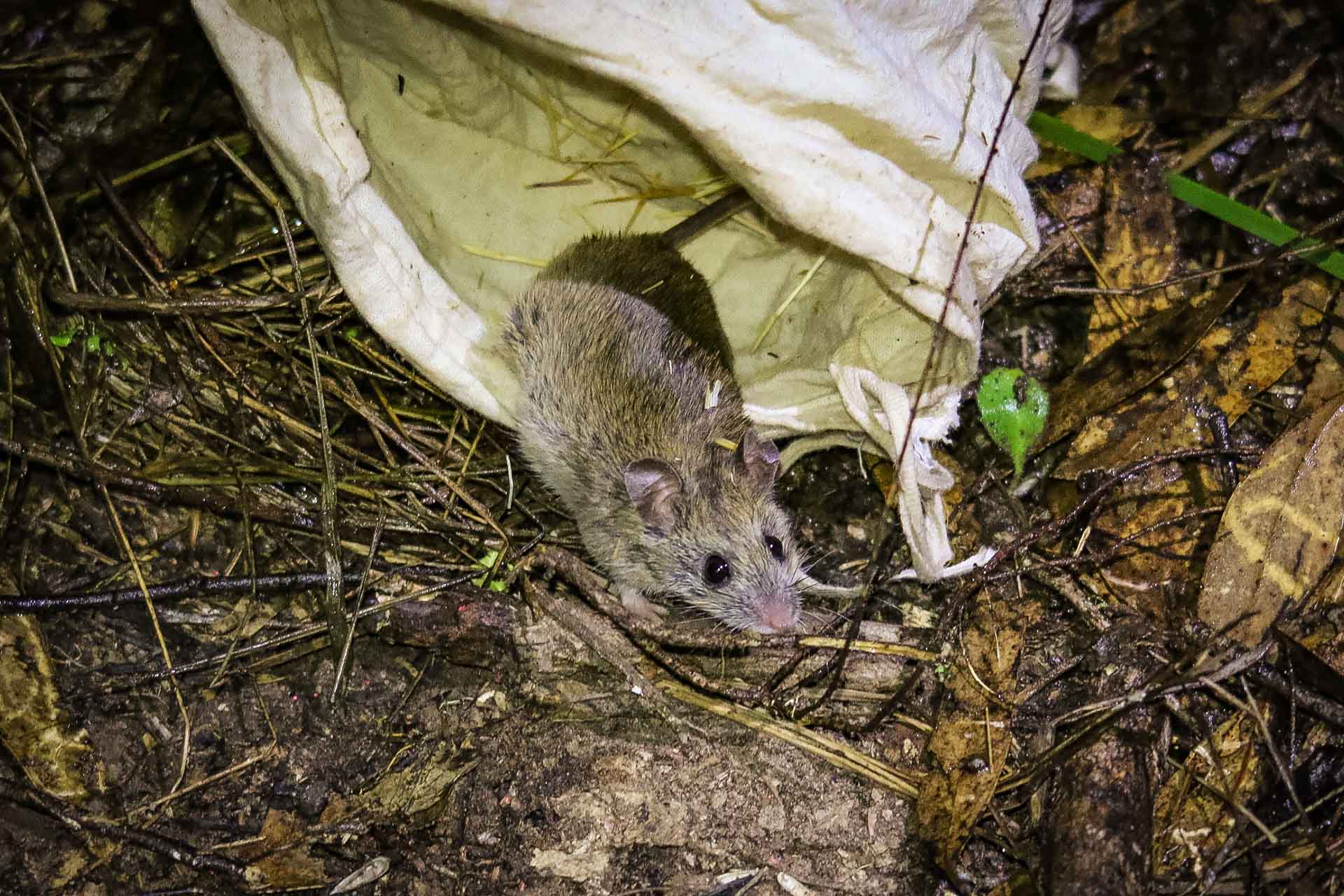
Eastern bettongs and koalas have been released in the Stage 1 area, and the Stage 2 conservation fence construction starts soon.
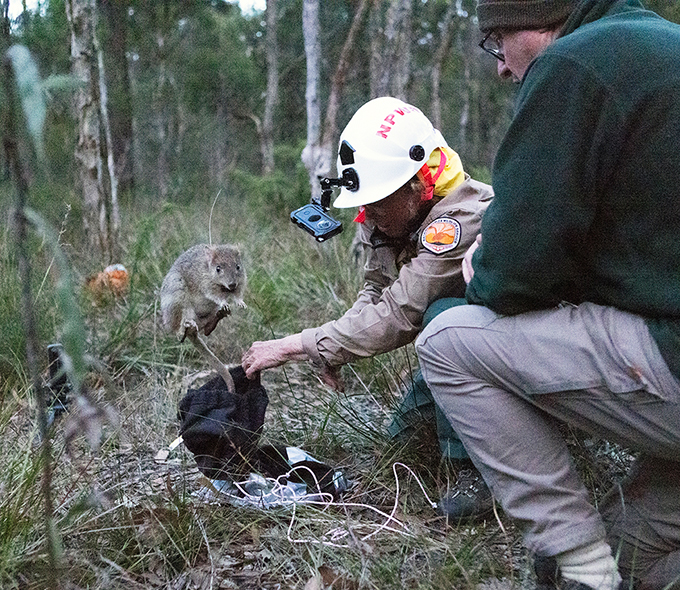
More information
- Yiraaldiya National Park draft plan of management consultation
- Review of species identified for reintroduction to western Sydney
- Turning back the tide of extinctions in NSW national parks
- Ten feral predator-free areas
- Shanes Park Part 11 Lands Statement of Management Intent
- Shanes Park Review of Environmental Factors

